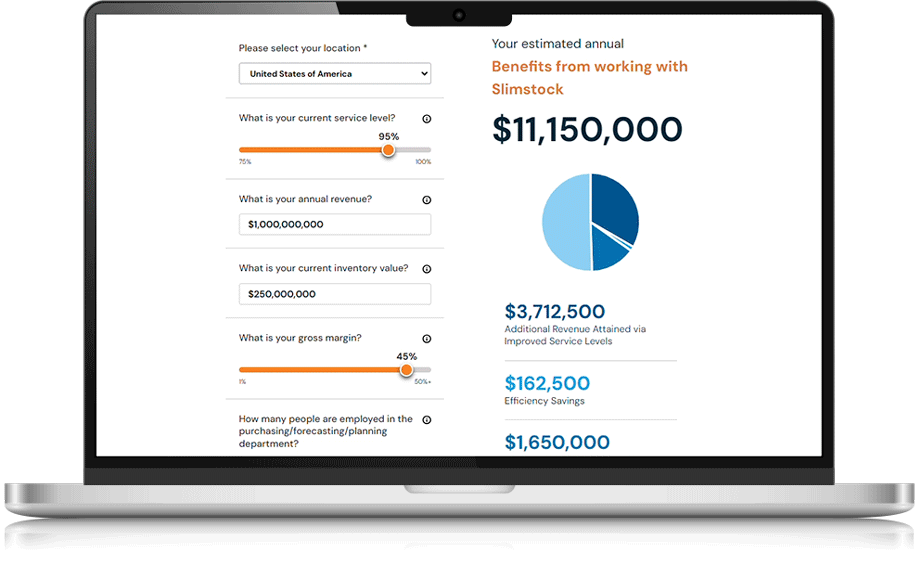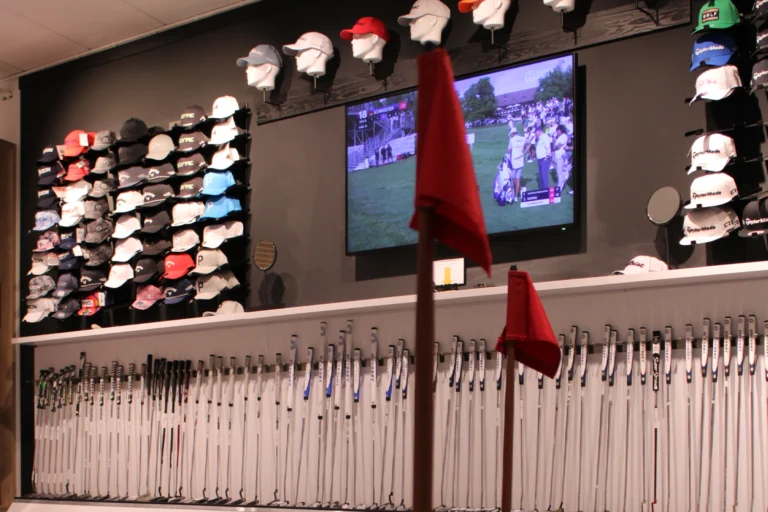2 May 2025
For over 90 years, Sanitär-Heinze GmbH & Co. has stood as a trusted family-run wholesaler in the building services industry, with a strong presence across Germany, Austria, and Northern Italy. Known for its customer-centric approach, technical expertise, and commitment to sustainable solutions, Sanitär-Heinze GmbH & Co connects manufacturers with trade professionals and end users alike.
To maintain excellence in service levels, while optimising supply chain efforts, Sanitär-Heinze GmbH & Co. is implementing Slimstock’s supply planning solution. Martin Dlugosch, Head of Process Management at Sanitär-Heinze GmbH 6 Co. explains how purchasing processes are now simpler, faster and data-supported with Slim4, why ERP systems have their limits and why the right master data is so important to optimise operations.
How has your journey with Slimstock been so far?
“I am still amazed that we are operating entirely within the standard system – despite all the requirements we have had. In the past we have had implemented many software and we got used to being told that everything needs to be a special programme or a customised solution. But with Slim4, that’s never been the case. Every request we have made has remained within the standard setup, which is quite unusual. We use SAP as our ERP system, and anyone familiar with it knows that almost nothing is standard – you are nearly always dealing with bespoke solutions. That can be challenging, especially when it comes to updates.”
How has Slim4 affected your processes and inventories?
“Slim4 is a huge advantage for us. As already mentioned, we used to plan with SAP. We had no visibility or transparency in SAP, which was one of the biggest advantages of Slim4. We now have figures at the touch of a button, every day. Before, it was always very time-consuming to prepare the data, export it to Excel and process it there. Now we have everything automated every day at the touch of a button. The data is updated at night. Every morning, I can pull up one or two analyses. We now know our product ranges even better. We have a better view of our problem articles. Now we have them in one place and that’s a huge advantage.”
“Thanks to the structure we have introduced and the checking tasks, we are now all really working in the same way. With Slim4, we have now structured the testing tasks so clearly that for the first time we are really working in the same way and much faster. The time required has been reduced by a significant amount thanks to the clear structure.”
What added value does Slim4 offer you compared to ERP systems?
“An ERP is always a big whole. And I now believe, and this has been confirmed in many other discussions, that you need specialised software for some areas. If you want to do something well, then it’s not worth having just one big whole, because in a big whole it’s OK, but not perfect. And as far as we’re concerned, we’re still using SAP R3, which may have improved a lot with S/4 HANA. But at the end of the day, SAP or any other ERP system cannot meet these needs and the breadth of the industry in terms of specialisation. And that was one of the reasons for us to say that we want specialist software that does nothing else all day but optimise inventories. Because SAP naturally focuses a lot on different areas and wants to be involved everywhere. But if we wanted to be in two places at the same time, it wouldn’t work. And that’s actually a pretty good way of putting it. It’s better to concentrate on one topic. And you do that quite well. And that was one of the motivations for us to say that we need more transparency in the processes, and we actually need simpler analyses and that is no longer quite so easy with SAP or with an ERP system.”
What advice would you give other companies?
“Essentially, if you take a close look at your purchasing processes, it quickly becomes clear that exploring inventory optimisation and specialised software like Slim4 is a sensible next step. Working with Slim4 doesn’t mean you’ve solved all your problems, but it’s certainly a major step forward in helping you focus and gain control. However, none of it works without good master data. So, prioritise your master data and take care of your processes. We learned this ourselves, and it was advice shared with us by reference customers you put us in touch with. They were very clear: poor master data leads to poor order suggestions – and no software in the world can fix that. That’s the advice I received, and it’s what I’d like to pass on.”




